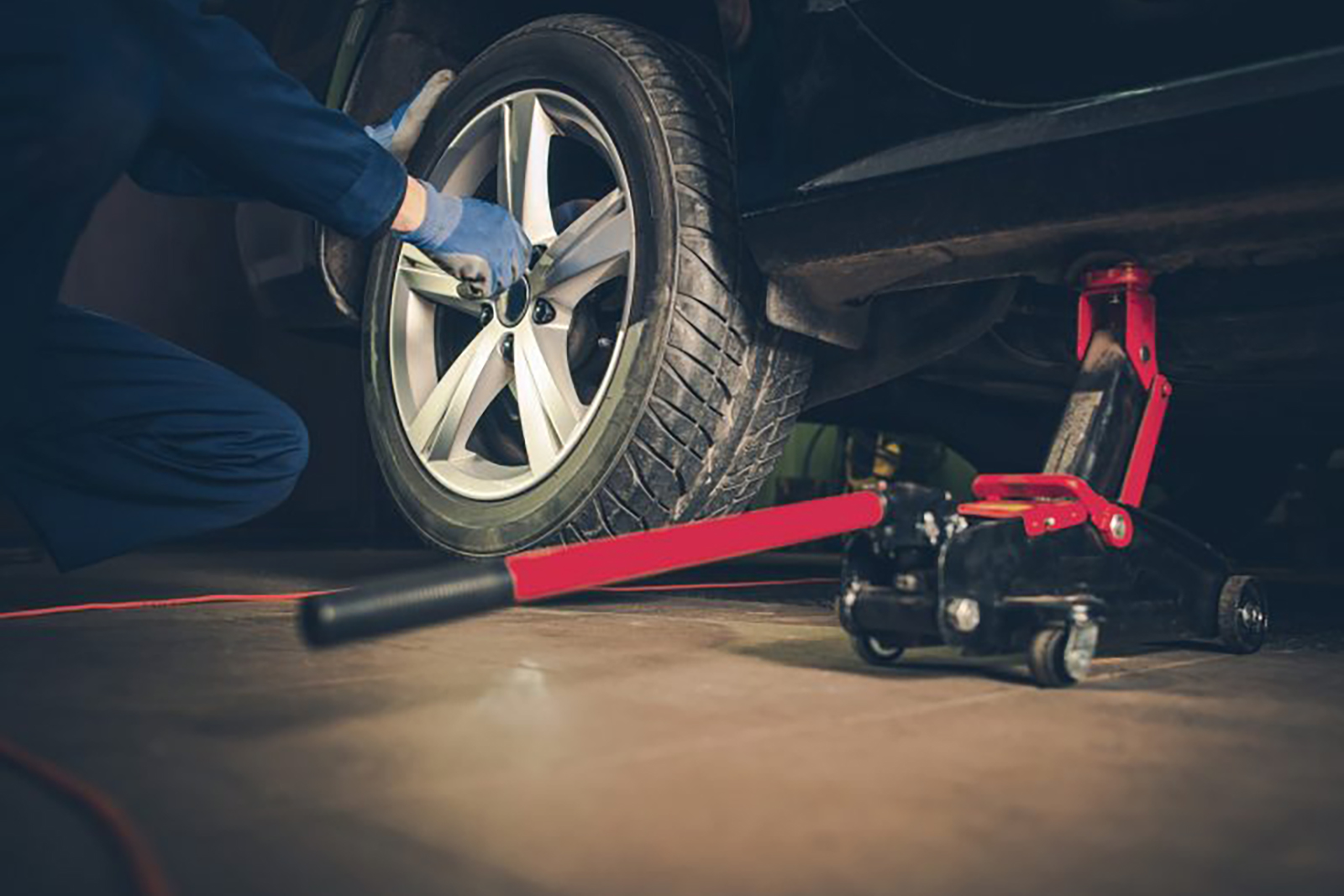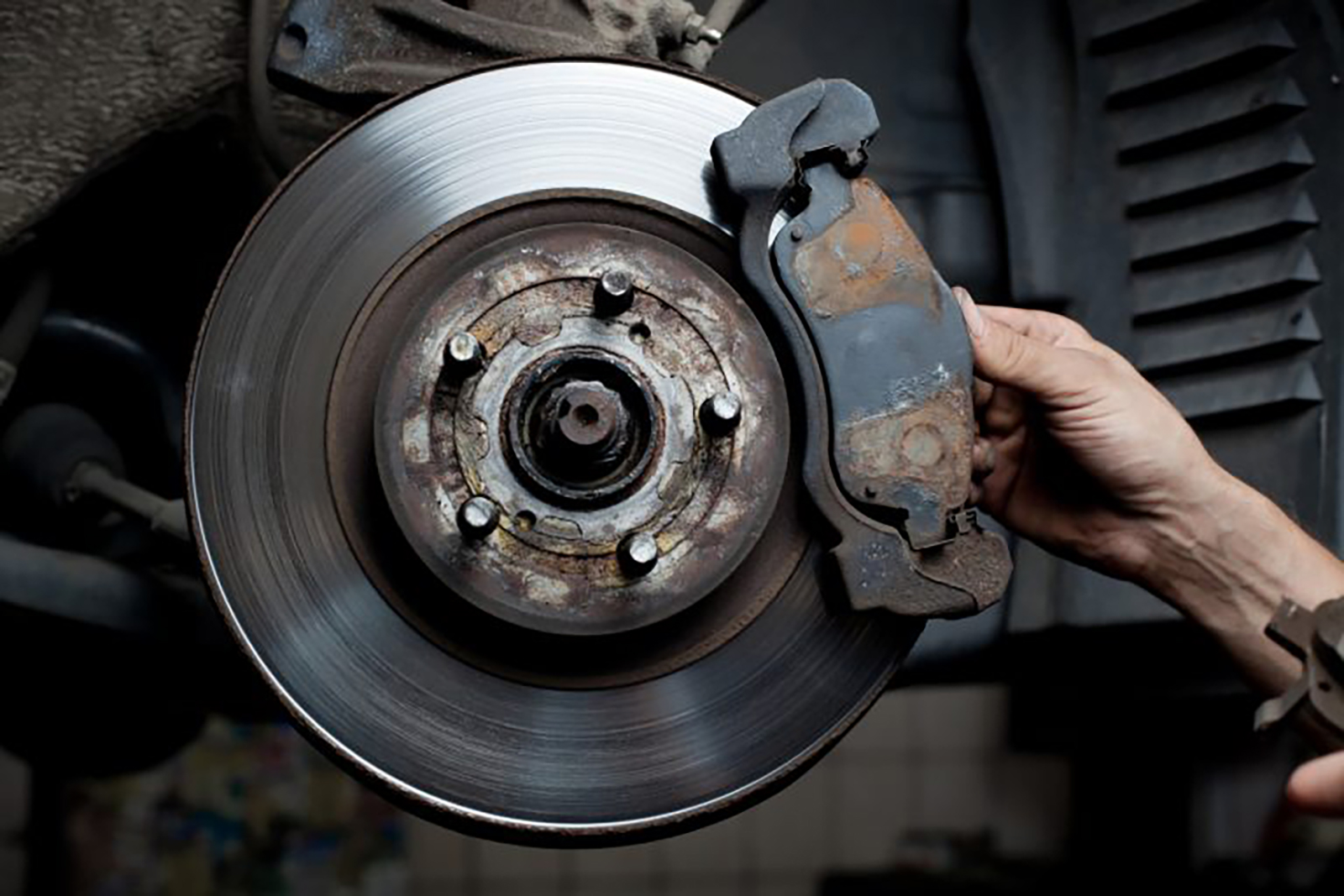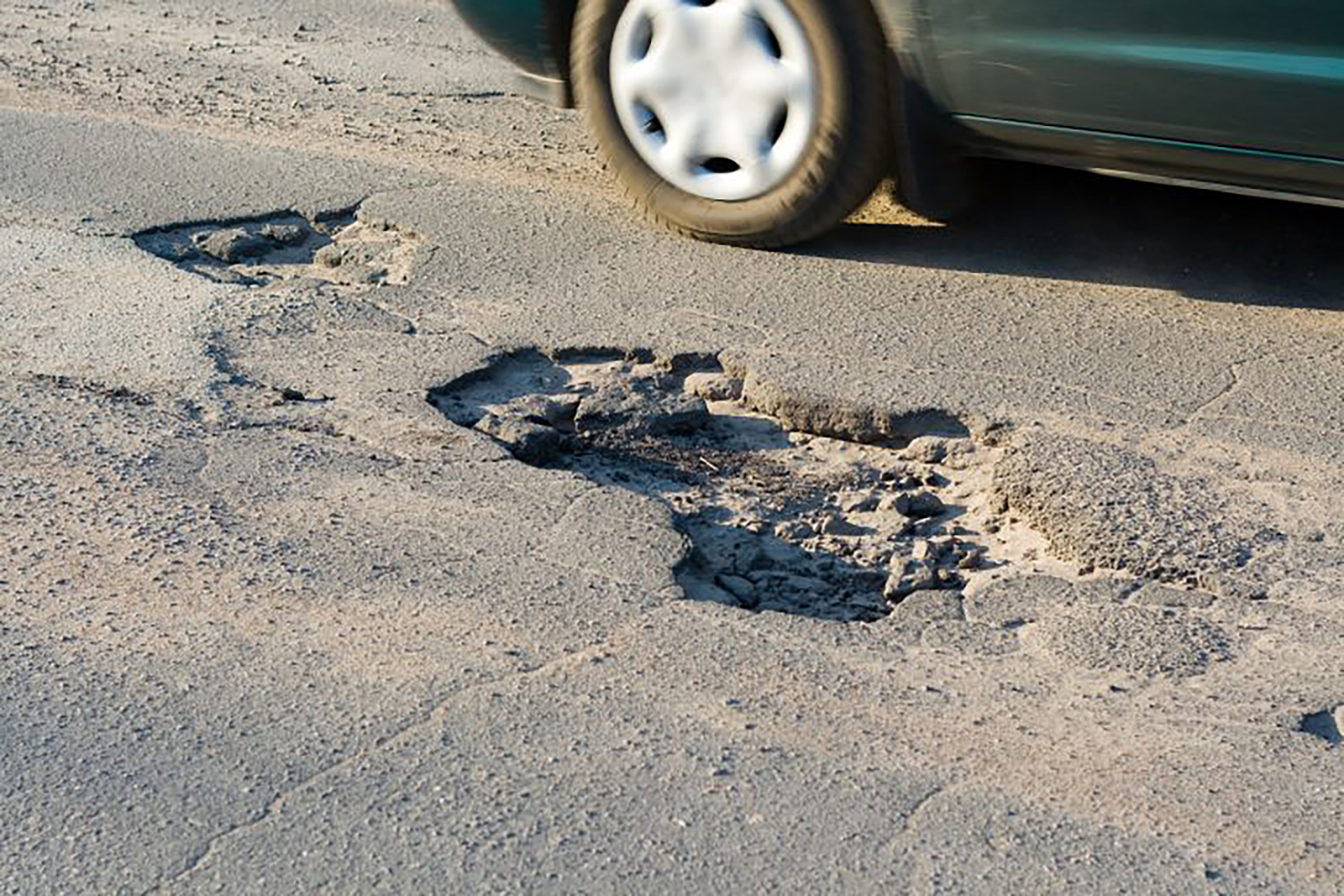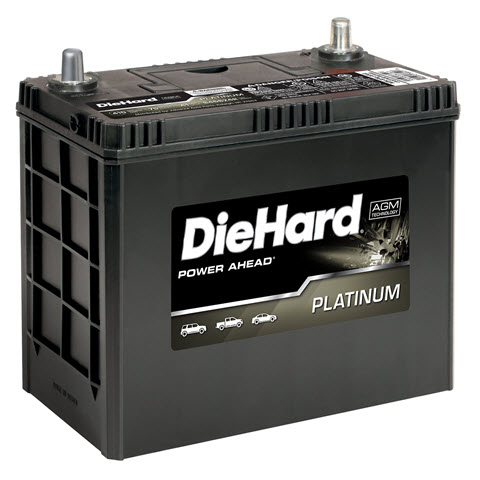Gas may be what ultimately fuels your car but it couldn’t get the job done without electricity. Your electrical system works to power the various parts of your car, which allows your car to start, keeps the power flowing, and provides power to various parts of your car, including the A/C and power windows.
Your electrical system is made up of three main parts: the battery, the alternator, and the starter. Each of these parts works in unison to ensure your car always has adequate power for its needs. Here’s everything you need to know about how your car’s electrical system works.

The Starter
As far as getting your car up and running goes, the starter handles most of the work. Although your battery is the source of the electricity that your starter needs to work, the starter gets the flywheel going which in turn starts the crankshaft and gets the pistons going. This is what begins the combustion process to get your car started.
After your starter has done its job, the alternator will kick on and take over. If you can’t get your car started, there may be a problem with the starter. A faulty starter may not draw enough current to get your car started or may be drawing too much current, leading to wear that can cause trouble.
Since your starter relies on other parts of your electrical system to work properly, it can be difficult to determine whether you have a problem with your starter or your battery. Properly diagnosing this problem is crucial because the repair cost and difficulty will be very different depending on the fix.
The Battery
A car battery is perhaps the most well-known car part because it’s easy to see and easy to replace. The battery in your car is a 12-volt battery which actually runs at about 12.6 volts when your car isn’t running.
While your battery provides all of the power before startup, it’s not always the sole provider of power. At startup, it powers the ignition and fuel systems to allow your car to start. After that, the alternator will kick in to help reduce the load on the battery and keep it charged. When your car is running, your battery will be at about 13.7 to 14.7 volts.
Checking your battery using a multimeter is a good way to figure out if you have a faulty battery or alternator.
The voltage readings should be consistent with the numbers mentioned above; if they aren’t, there’s something amiss.
The Alternator

Once you start your car, your alternator starts up to provide power to your electrical system. It does this by using magnets to generate electricity with alternating currents. Since these alternating currents cannot be used to power your engine directly, they are converted to direct currents.
Your alternator keeps your battery charged while powering the electrical system in your car. The charge your alternator gives your battery is what allows your battery to power your ignition system to start your car up the next time.
There are a number of warning signs you’ll notice when your alternator is having problems. Because it won’t be able to properly charge your battery while your car is running, your battery may die. You may also notice other problems with your vehicle’s electrical system, including dim lights, strange noises, engine stalling, or a check engine light.
If your car doesn’t start and a battery check shows low battery voltage, your problem may still be the alternator.
When your alternator doesn’t supply the battery with enough power, voltage readings may be off. Replacing your battery will leave you with the same problem, so it’s important to distinguish between the two.
Maintenance
Maintaining your car’s electrical system is an important part of making sure your car has a long life. There are easy ways that you can test and maintain your electrical system at home, and you won’t have to spend an arm and a leg to do it. However, if you are not comfortable performing this maintenance on your own, you should at least have parts of your electrical system inspected and cleaned by a professional every now and then.
Cleaning your terminal posts helps keep batteries running for longer. You can clean them with simple things you probably already have at home, including gloves, a toothbrush, and some baking soda and petroleum jelly. This is also an easy job for anyone to handle since car batteries are very easy to find under the hood.
You should also invest in a decent multimeter to check the voltage of your electrical system every now and then.
You should check your car’s voltage both when it’s running and when it’s not. If you get a bad reading in either case, you should have your electrical system further inspected before you have a serious problem on your hands.











